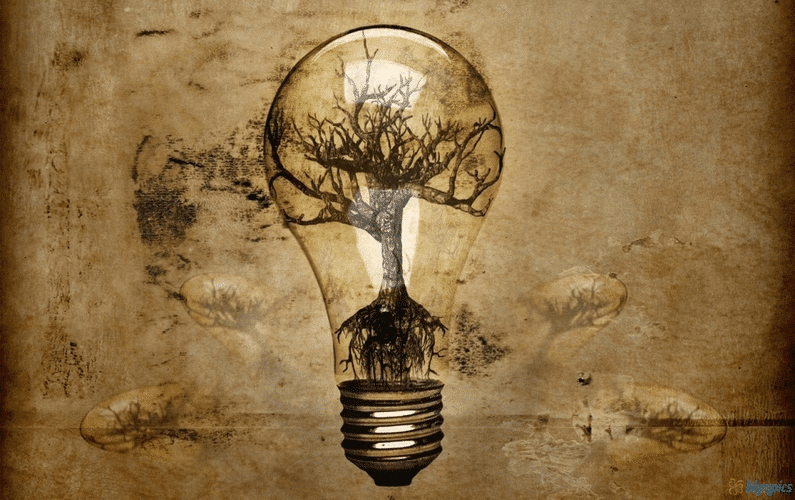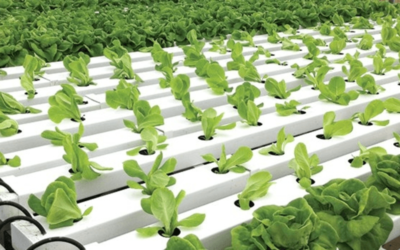Do you know which of your appliances use the most electricity? With the rising cost of electricity, understanding how much energy your home consumes is a powerful tool. Using electricity wisely is the cornerstone of green and eco friendly living. It makes as much sense for your wallet as it does for the environment.
You wouldn’t be able to live a comfortable, modern life without your appliances. They account for a significant part of your electricity bill. Find out which of the devices in your home use the most electricity and how you can reduce the amount of power they use every month without losing out on the convenience they offer.
Televisions
It shouldn’t surprise you to find this popular appliance at the top of the list. Big TVs are a symbol of wealth and it’s rare to find any home that doesn’t have a TV in the living room. But large sets and plasma screens in particular, are one of the most energy-hungry appliances you can own.
The larger the TV, the more energy it uses. So you can always cut down on your bills by investing in a smaller screen. That’s easier said than done. If you’re really not willing to sacrifice size for savings, consider opting for an LCD over a plasma screen. LCD screens are much cheaper to run. Keep this in mind if you’re considering buying a new set in the near future.
Another way to reduce the costs of running your TV is to switch it off at the wall when you’re not watching. Even in standby mode, electronics use small amounts of electricity. It may seem negligible but over time it adds a substantial amount to your electricity bill.
Fridges and Freezers
These appliances work all day, every day to keep your food fresh. They are hardly ever turned off and consequently they use a lot of energy. But there are a few simple tricks you can employ to help keep running costs to a minimum:
- Keep fridges and freezers away from heat sources such as your oven. They will have to work harder to maintain the right temperature for keeping food cold, and that uses energy.
- Make sure the seals are intact and avoid overloading them.
- Buy the right size for your needs. If you’re a small family, or just two people, it’s not necessary to have a large fridge.
- Don’t hold the door open for long periods. Letting cold air escape while you decide what to make for lunch will just waste energy.
- Increase the temperature in your fridge by 2°. It won’t make much difference to your food, but it will make a difference to your electricity bill.
Washing machines and dishwashers
Your life wouldn’t be the same without these handy appliances. Eliminating them from your life isn’t really an option but you can still reduce the amount of energy they consume if you use them differently. Here are some tips for living green and eco friendly while still enjoying the benefits of these machines:
- Skip the pre-rinse cycle for your clothes and your cutlery. Unless your items are really dirty there’s no need for a pre-rinse cycle.
- Wait until you have a full load. Once again, this applies to both. Don’t wash a few bits of dirty laundry or switch on the dishwasher when you only have a couple of dirty cups and saucers.
- Lower the temperature. Washing your clothes in cold water will still get them clean and it could save you a whopping 90% of the electricity your machine normally uses to get the job done. The same applies to your dishwasher. The water shouldn’t be cold, but you can use a cycle with a lower temperature to get the same results while cutting down on the power required.
Electric heaters
Thankfully, in our warm climate you don’t have to rely on heaters to make your home comfortable all year round. But when winter rolls in, electricity bills tend to sky-rocket. What often makes this worse is the fact that our houses aren’t designed for the cold. And many heaters are not particularly energy-efficient.
Luckily there are simple things you can do to keep the chill at bay. They are often just as effective as and much cheaper than running a heater for several hours a day. So instead of flipping a switch, do this instead:
- Put on a jersey. It’s easier (and more cost effective) to warm yourself up, than trying to warm a whole room.
- Use hot water bottles. Fill the kettle and boil it once. You can make yourself a warm drink and fill up your hot water bottle with the rest. There couldn’t be a better way to keep cosy.
- Insulate your home. Arm yourself with some caulk and sealing strips and seek out the areas in your home where cold air creeps in. Window frames and door frames are a good place to start.
Tumble dryers
You may not realise it, but a tumble dryer can use more electricity than your fridge. Thankfully, our sunny climate means you only need to use your tumble dryer for emergencies. Hang your clothes up to dry outside in the fresh air and sunshine. It may take a little longer in the winter, but it’s completely free.
Lighting
As much of 10 to 20% of your energy bill is spent on lighting up your home when the sun goes down. But energy saving light bulbs and LEDs can reduce that as they use up to 80% less electricity. They also last much longer than traditional bulbs. They may cost more than regular bulbs but the long term savings are worth it. And while it should be a habit by now, people still forget to turn off their lights when they leave the room. If you knew how much it would save you, you wouldn’t forget to turn off the lights.
Vampire devices
This refers to all the little electronic goods in your home that feed on small amounts of electricity. The average home has about 30 – 40 such devices and includes items such as your computer, cell phones, tablets, cordless phones, printers, DVD players and decoders. Individually they draw very little power, especially in standby mode. But when you consider that at any time you have several plugged in, the costs can multiply.
If you want to reduce the steady drip of power from these devices, try this:
- Switch off and unplug. Stop letting the power drain by disconnecting the plug and see what a difference it will make to your bills.
- Use a switchable power strip. That way you can switch off only the devices you aren’t using without everything else losing power.
- Buy low standby products. They do exist, but you’ll need to ask about them or you won’t get them.
Overall, the big appliances count for around 13% of your total power bill. The ‘vampire devices’ make up about 10%. If you ever need to buy a new appliance, look out for one that has an excellent EnergyStar rating. That means it has been designed to use less energy while still delivering the results you want.
By implementing some of these tips you can reduce your electricity bills substantially over the course of a year. That money can be put to better use without you having to sacrifice any convenience. You may need to change some of your habits and consider a different approach, and if you do, the savings you’ll enjoy will make it all worthwhile.
If you want to take your energy savings to the next level, you may want to consider some more serious energy alternatives. These are the kinds of technologies you’ll find in eco friendly living green smart homes. Green and eco friendly living is becoming more of a priority for home owners. Retrofitting an existing home is a possibility, and you’ll find more and more eco friendly houses entering the mainstream.
Greener and eco friendly living and energy savings
Eco friendly living green smart homes use new technology to reduce your reliance on the grid. As most of your energy bill comes from heating your home, this is a good place to start. Photovoltaic systems rely on solar panels and batteries to generate and store electricity for your home. If you understand your energy requirements you can start off with a smaller system to meet your needs and add on more panels as you require.
The idea of living off the grid is achievable. Most systems come with an automatic switch over that allows you to draw electricity from the grid if you need it. With the rising cost of electricity you’ll save even more money in the long term.
If you’re not ready to rely on solar for all your power needs you can still invest in a solar water heater. Hot water is essential for bathing, cooking and washing which is why it contributes so much to your power bill. A solar heater takes advantage of our sunny weather to ensure you always have hot water on tap. The energy used to heat the water is provided by the sun so you don’t have to pay for it. It’s a small step anyone can take on the journey to greener and eco friendly living.
Eco friendly living green smart homes are better insulated. Double-glazed windows and insulated exterior walls help to keep the temperature inside your home even all year round. This means you’ll need to rely less on power guzzling heaters to make your home comfortable in winter, and energy-sapping air conditioners to keep cool in summer. Green and eco friendly living takes into account your comfort, as well as your impact on the environment.
And there’s much more to living green and eco friendly than just saving on your electricity bills. An eco friendly living green smart home is one that saves on water too. With low flow shower heads, rainwater harvesting tanks and an eco-wise garden, there are plenty of ways for you to save this precious resource. Greener and eco friendly living benefits everyone, and the planet. As water and electricity become more and more expensive, living green and eco friendly will be a necessity and not just a fad.
Though you may not be ready to invest in an eco friendly living green smart house, there are things you can do to start living green and eco friendly right now. Being aware of how your appliances consume energy is good start. There are lots of little things you can do to use energy more efficiently and save money. You could put that money towards getting a solar water heater which will help you save even more in the long run. It’s all a matter starting small and over time you can turn your traditional home into an eco friendly home.








